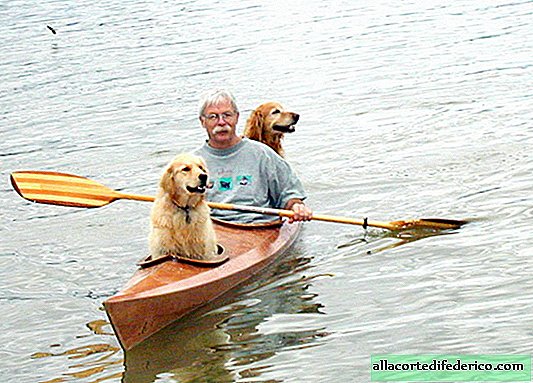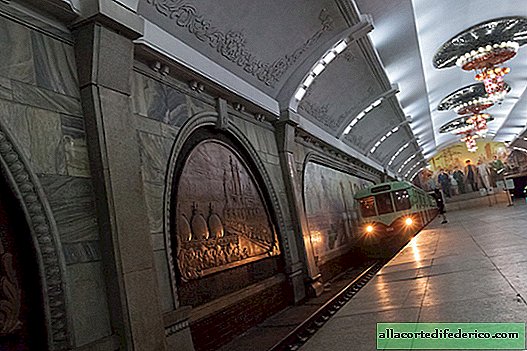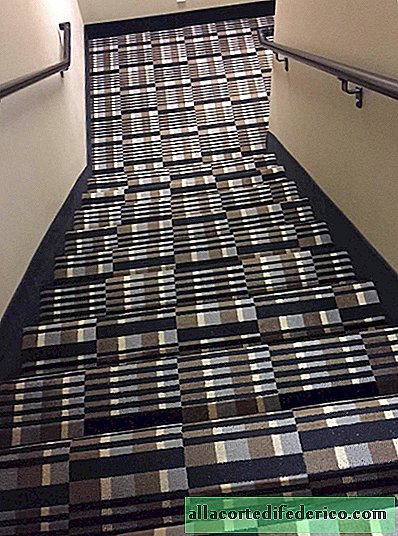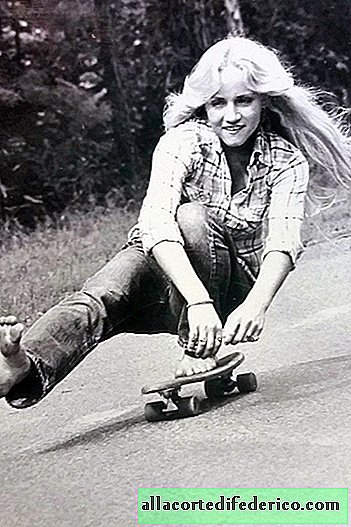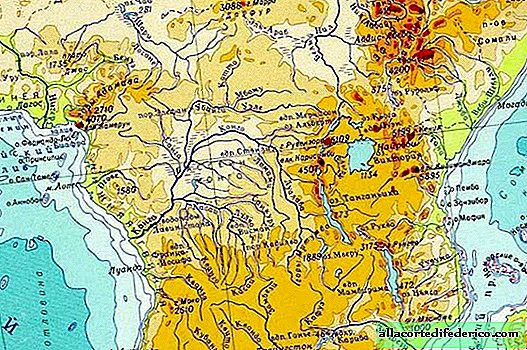Soviet caravanning of the 60s: what was the road to the sea for our grandparents
In the modern world, you will not surprise anyone with caravanning, and there are many people who like to travel by car to the sea, to Europe, or even to a lake outside the city. Today, all possible conditions are created for this. The situation was completely different in the 50-60s, when the concept of caravanning was still in its infancy. At that time, gas stations were a rarity, cars broke down with a frequency of hundreds of kilometers, it was not possible to meet car services along the way, and instead of navigators there were "Directories of a car tour" with popular routes. However, first things first.
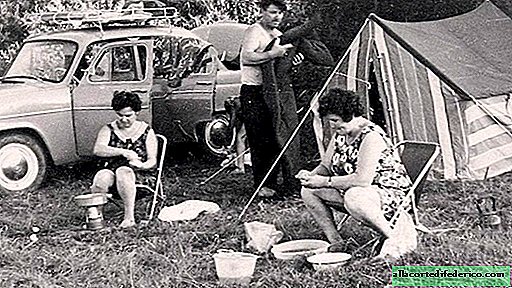
In the 60s there was no question of any spontaneous travels, it was necessary to prepare for them in advance and plan everything carefully. First of all, it was necessary to properly check the car so that it did not get in the way. Secondly, autotourists had to be prepared that they would have to fix any breakdown themselves, which means they had to have a whole arsenal of all kinds of tools and spare parts with them. However, all this infinite amount of iron had to be fitted in such a way that personal things could fit in.

The main volume of these things was occupied, of course, by the tent. It is now small and compact, but earlier it was a huge canvas structure, under which half of the trunk went. In addition, do not forget about other travel equipment: sleeping bags, a burner, dishes, a water tank, folding chairs and so on. It seems that such a volume of things can only fit in a minibus. But our grandparents found ways to cram it all into Moskvich or even the hunchbacked Zaporozhets.

While in America a whole cult of trailer trailers was created, in the USSR only small trailers were produced. They began to produce in 1958 under the name "Camper". However, they did not get popularity - motorists still tried to cope on their own. For example, in the magazine "Modeller-constructor" for 1972 they proposed to build such a trailer "Teremok".

In general, doing it yourself in those days was the norm. So, advanced motorists from plywood cut out a kind of tables that could be hung on the steering wheel, and mosquito nets were placed on the windows.

By the way, the guides of the auto-traveler advised not to go on long trips alone, but only a convoy of several cars, so that in case of breakdown you could hope for mutual assistance. Needless to say, that cars of the past drove much slower than modern ones. Their average speed was about 60 km / h. However, driving in the heat was not recommended at all, otherwise it could result in overheating of the engine.

With the release of the second-generation Muscovites and the first-generation Volga, the situation began to improve and Soviet caravanning took a significant leap. Just imagine, it became possible to get from Moscow to the sea without ever changing the oil! Increased and the level of comfort in cars. For example, the “Moskvich” spread out seats formed a very decent berth.















